Ashtanga at Any Age: Inspiration from Alma Thomas and Cognitive Improvement Research
This week’s musings have been inspired by one of my long-time students, Ron. We’ve worked together for way longer than a decade now, and he’s shifted over the years from vinyasa and power style practices to mostly Mysore for the last year or two.
During one of our sessions, I picked his brain a little. He’s been working on his jump-throughs, and has been unsatisfied with his progress. As I often do, when progress in one arena is slow, I try to shift the focus to areas where progress may have been made but unnoticed, to help highlight the cumulative benefit of practice. My motivational interviewing hit a snag, as Ron wasn’t sure what I meant– acknowledging he hadn’t thought about it. So, when I asked why he showed up so often, “I just like it” felt like an honest answer. It made me wonder about the deeper, often unspoken, benefits that older adults derive from yoga.
I view all of my students as athletes, artists, and scientists. I believe that each of us has a little bit of each in us– and that means viewing my aging population as athletes, regardless. This means using the science of strength and conditioning– which does, in fact, slow down the metrics of progress as we age when we are talking about range of motion increases and strength building. It doesn’t stop, but it does change– and that’s real.
As we age, there’s an increasing narrative about cognitive decline and a supposed reduction in our capacity to learn, create, or change. However, emerging studies on the benefits of yoga are challenging this narrative, too, revealing that practices like yoga can significantly enhance cognitive function in older adults. This seemed like a great place to focus with Ron.
Recent research on yoga has demonstrated its potential to improve memory, attention, and even executive function. The physical postures combined with mindful breathing and meditation practices can lead to enhanced brain plasticity, improved mood, and reduced stress — factors that all contribute to better cognitive health. Everyone wants a better mood and better memory recall– and so we aimed our practice at working with the count and present moment awareness.
But, beyond studies and data, there are real-life examples that showcase the boundless possibilities of the human mind in later years. Take the story of Alma Thomas, an African American artist who, in her 70s, became a pioneering figure in the art world. After years dedicated to teaching, it was during her twilight years that she produced some of her most groundbreaking and renowned artworks. Inspired by everything from nature to the space program, Thomas’s late-life creations serve as a testament to the idea that our most inspired moments can come at any age.
Now, imagine combining the cognitive benefits of yoga with the inherent potential that each of us carries within. By integrating practices like yoga into our routines, we’re not just looking at maintaining cognitive health but possibly unlocking new realms of creativity, understanding, and wisdom.
Alma Thomas: An Emblem of Late Bloomers
Earlier in the week, I had paid a visit to the Smithsonian’s American Art Museum. There were a couple of exhibits I hadn’t seen yet, and so I spent my Sunday playing patron of the arts. I was compelled by the allure of Alma Thomas’s works that were evocative of space, using color and texture with repeating patterns to create sensation in the audience. I loved it. I also find her story to be interesting when thinking about Ashtanga in older adults.
In fact, Alma Thomas, a renowned African American artist, serves as a gleaming example of the boundless potential we carry within us, regardless of age. Breaking through barriers of age, gender, and race, she became a sensation in her 70s. Her journey and artistic evolution are testaments to the idea that age is not a limitation, but rather a canvas filled with experiences waiting to be painted upon.
1. **Career Beginnings**: Born in 1891, Thomas started her art career later in life. She became the first graduate from Howard University’s Fine Arts department in 1924 and worked as a schoolteacher for much of her life.
2. **Late Bloomer**: It wasn’t until her retirement from teaching in the 1960s that she focused on her painting career. Despite starting late, she quickly gained recognition and became an important figure in the Washington Color School.
3. **Abstract Expressionism**: Thomas’s works are often associated with Abstract Expressionism. Her paintings are characterized by short brush strokes or patches of color that form a larger cohesive image, somewhat resembling a mosaic.
4. **Recognition**: In 1972, Thomas was the first African American woman to have a solo exhibition at the Whitney Museum of American Art in New York City.
5. **Inspirations**: She was often inspired by nature and the things around her. Many of her pieces reflect scenes from her garden or the view from her window. This includes some of the remarkable space imagery.
Maybe you can see why I’m thinking about her. What really allowed for Alma to start creating her pieces was more time, less stress, and a retention of her cognitive faculties.
Coaching Cognitive Improvement as Desirable Outcomes in Yoga for Older Adults
While the physical benefits of yoga, including flexibility and balance, are frequently highlighted, there’s an emerging perspective that places cognitive improvement as a central objective for older adults. This brings me back to my student– as a teacher, I want to frame our coaching with cognitive improvement as a central outcome, emphasizing mindfulness, concentration, and mental flexibility as much as the physical postures. The mind, just like the body, requires training, especially as we age.
When I thought to my student’s desires, he wanted to have a better working memory, better focus, and improved task switching– the ability to get started and get finished. It occurs to me that yoga does all of that.
Research Insights: The Cognitive Edge of Hatha Yoga
A recent study from the University of Illinois at Urbana-Champaign delved into this very subject. Researchers observed 108 adults aged 55 to 79, some of whom practiced hatha yoga three times a week. The control group only got a stretching class. The findings were remarkable: after just eight weeks, the yoga group showcased significant improvements in tasks related to information recall, mental flexibility, and task-switching, without any demographic biases. This study underscores the idea that yoga’s impact transcends the mat, influencing our day-to-day cognitive functions.
This study from the University of Illinois at Urbana-Champaign provides compelling evidence of the cognitive benefits of hatha yoga for older adults. A few key takeaways from the study include:
- Consistent Practice Matters: Practicing hatha yoga three times a week led to noticeable improvements. This emphasizes the importance of regularity in the practice.
- Relevance to Everyday Life: The cognitive tasks where the yoga group showed improvement are relevant to daily activities. This is particularly crucial as it highlights the practical benefits of yoga beyond just physical well-being.
- Comparison to Other Exercises: By comparing yoga to another form of physical activity (stretching and toning), the study controls for the general benefits of exercise. The fact that only the yoga group saw cognitive improvements suggests there’s something unique about yoga’s impact on the brain.
- Mental Flexibility and Task-Switching: In today’s world, where multitasking is common, the ability to switch tasks efficiently and maintain mental flexibility is highly valuable. Yoga seems to enhance these capacities in older adults.
- No Demographic Biases: The study’s design, which controls for various demographic factors, strengthens its findings by ensuring that the observed benefits aren’t due to age, gender, or social status differences.
- Working Memory Capacity: As researcher Edward McAuley points out, improvements in working memory capacity mean that participants can handle information more effectively. This skill is crucial in daily life, from following a recipe to keeping track of appointments.
The Unveiled Cognitive Essence of Yoga
The physical benefits of yoga—flexibility, balance, and strength—are indisputably beneficial and widely celebrated. However, it’s the emerging recognition of yoga’s cognitive advantages, especially for older adults, that offers a refreshing perspective. This study from the University of Illinois adds to the burgeoning body of evidence suggesting that the mindful components of yoga extend far beyond the mat, profoundly influencing cognitive health and everyday functioning. For Ron
In our exploration of the intersection of yoga, age, and cognitive health, one undeniable truth emerges: yoga is a holistic experience. Beyond the asanas and pranayamas, it is a symphony of body, mind, and spirit. Drawing inspiration from the life of Alma Thomas and numerous older yogis, we are reminded of the timeless nature of human potential. Age is but a number, and with disciplines like yoga, we continually rediscover ourselves, enriching our cognitive vitality and savoring life’s boundless journey.

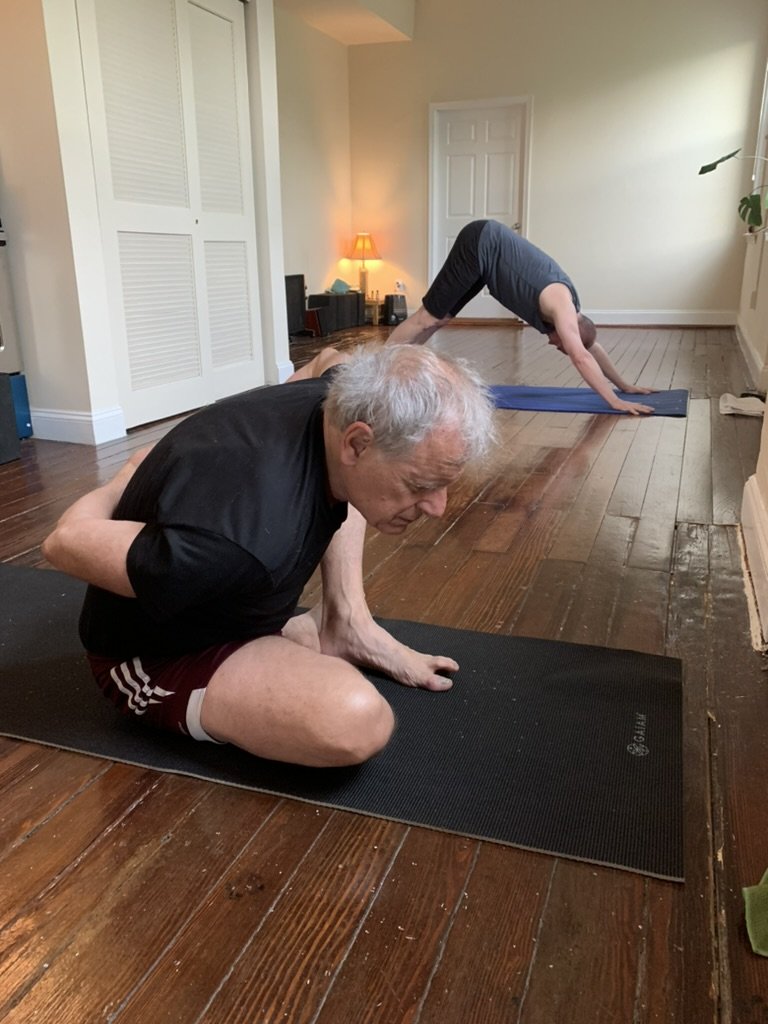

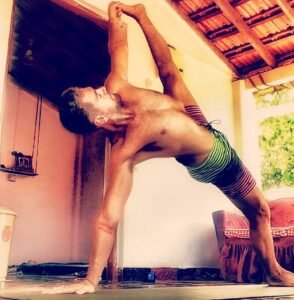

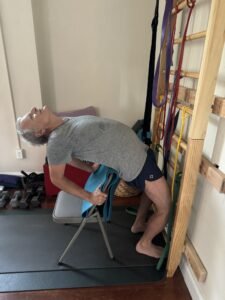

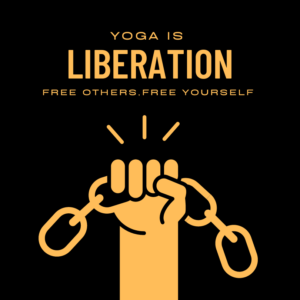

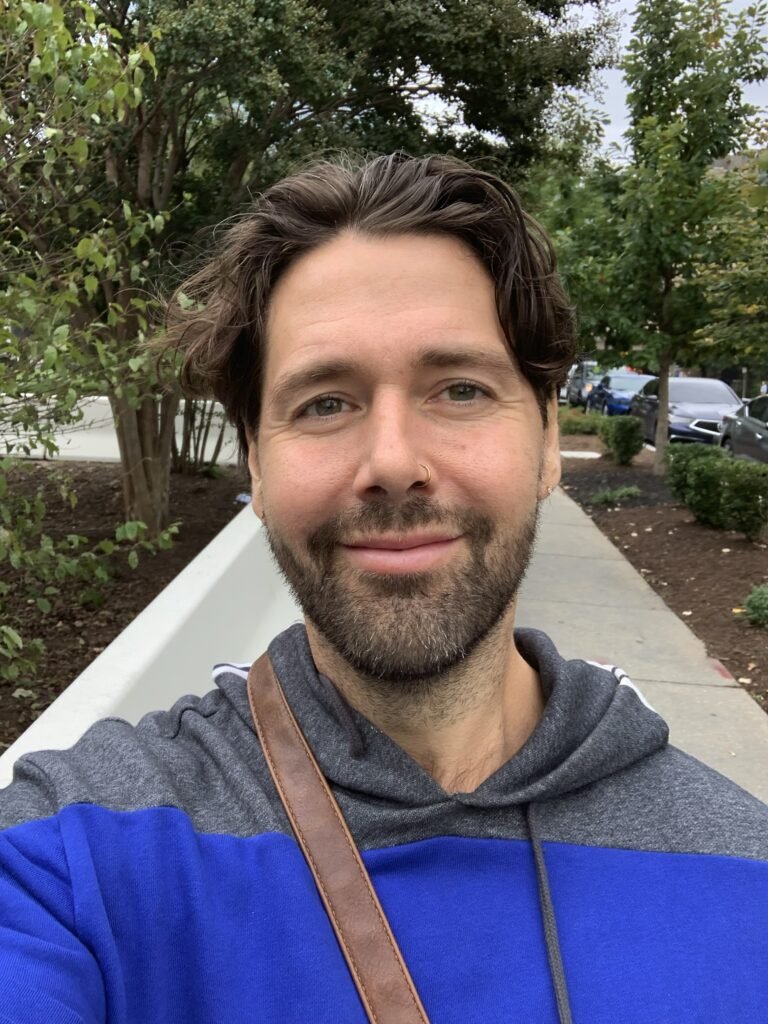
[…] Ashtanga At Any Age— Reflections on Staying Sharp […]
[…] Ashtanga At Any Age— Reflections on Staying Sharp […]